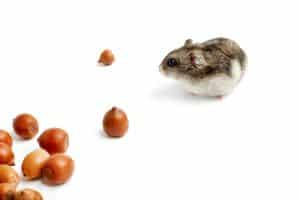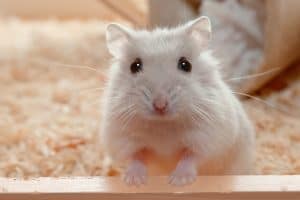Spider plants are a popular choice for natural hamster cage decorations. Many people wonder if spider plants are safe for hamsters to eat because anything that gets put into a hamster cage is at risk of getting chewed by the hamster. We've researched to answer this question for you.
Hamsters can eat spider plants, as long as the seed capsules are removed. Spider plant seeds and blossoms are thought to be toxic, but hamsters can safely consume the leaves.
Now that we've established that hamsters can eat spider plants, you may be wondering if they have any nutritional value for hamsters, as well as how much is safe for them to eat. Continue reading to find out more about hamsters and spider plants.
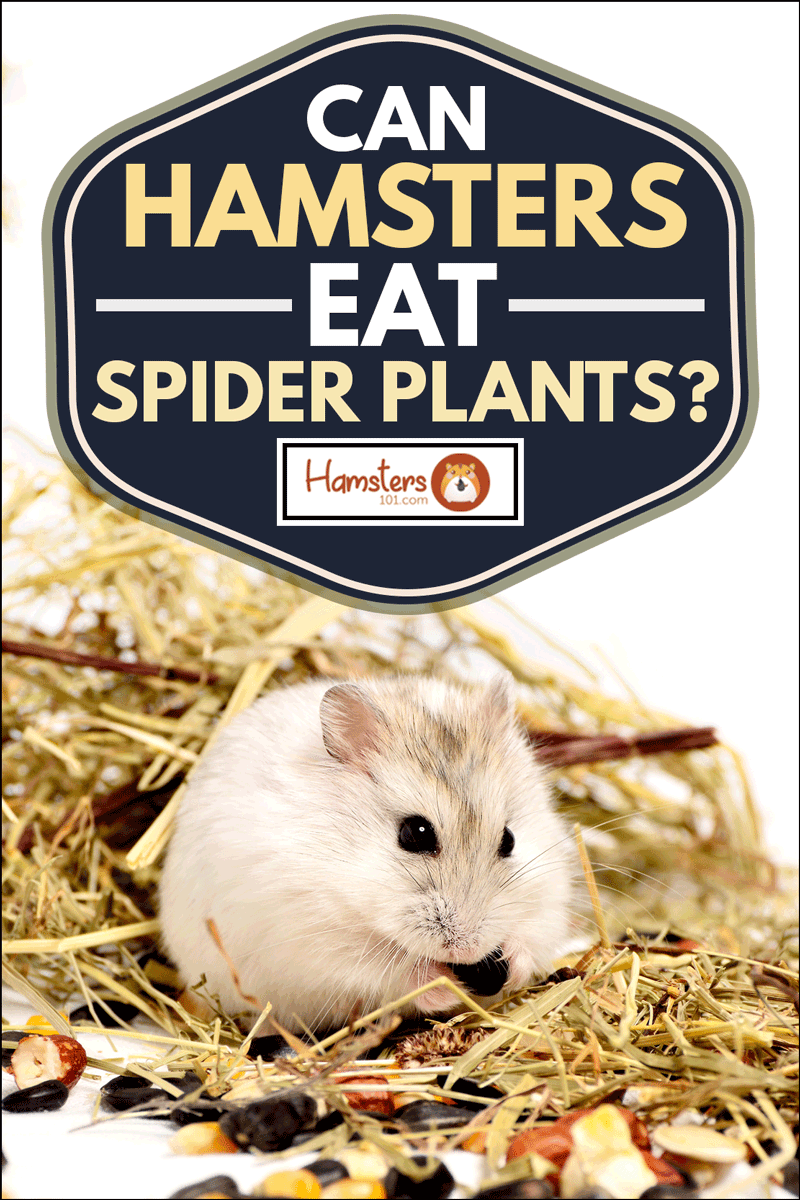
Health Benefits of Spider Plants
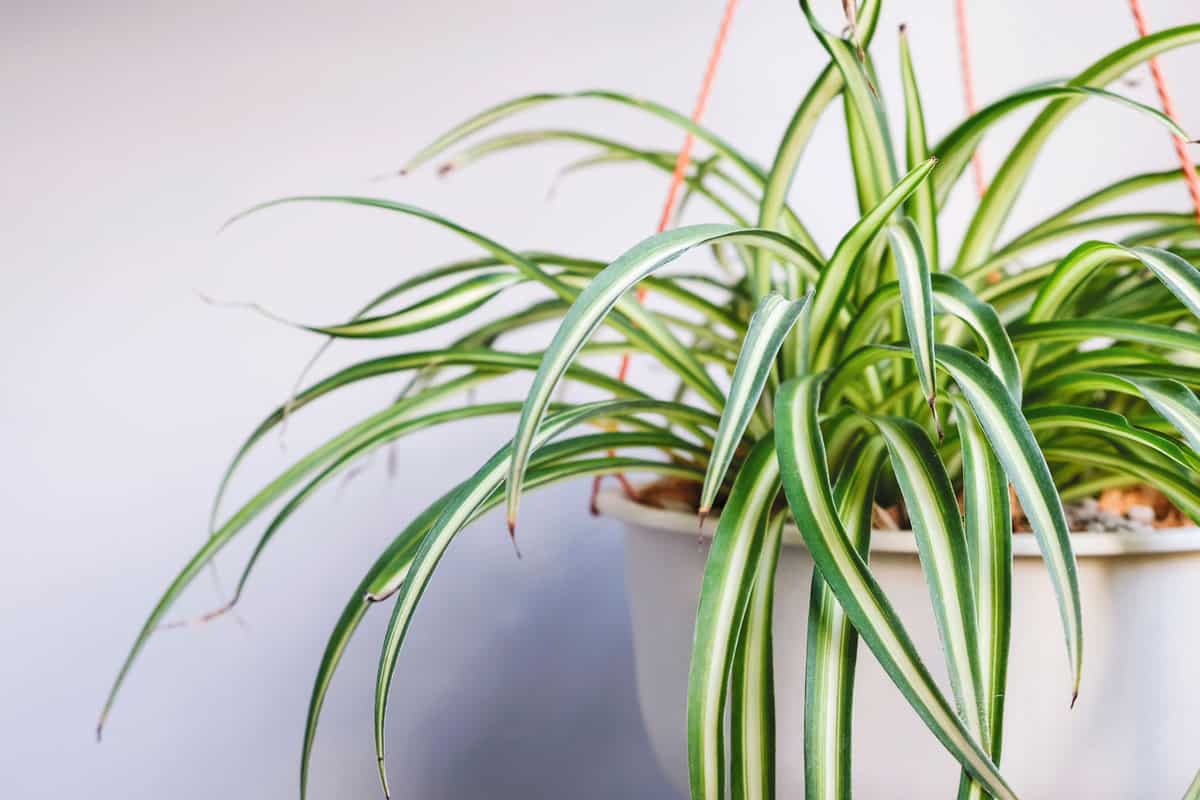
For humans, spider plants are thought to lower blood pressure and lower pain, anxiety, and fatigue. They also help clean and purify the air by removing carbon monoxide, formaldehyde, and nitrogen dioxide. Unfortunately, there is little research on the health benefits of spider plants for hamsters. We know that the leaves are safe for hamsters to consume, but they don't seem to have any nutritional value for hamsters other than being a natural decoration that can double as a tasty snack.
Is it possible for hamsters to eat too much spider plant?
Hamsters can eat too much spider plant. As with any plant, consuming too much can cause your hamster to have an upset stomach or diarrhea. A live spider plant may not be the best option to put in your hamster cage if your hamster is prone to overeating.
If you notice that your hamster isn't feeling well, he could be eating too much of the spider plant, and you should remove the plant from the cage. You should also check your spider plant for seed pods because if your hamster consumes a pod, it could cause more serious health problems or even death.
How much spider plant should hamsters eat?
Plants are a fresh source of food for hamsters, but any plant that your hamster eats should be used to supplement their diet, spider plants included. This means hamsters should eat only a leaf or two daily.
Because they lack nutritional value, a spider plant could be a good source of enrichment for your hamster, sort of like the way that exercise equipment in a hamster cage provides enrichment for hamsters. It keeps them from getting bored. Just remember, too much of any plant can make your hamster sick.
Should you keep a spider plant in a hamster cage?
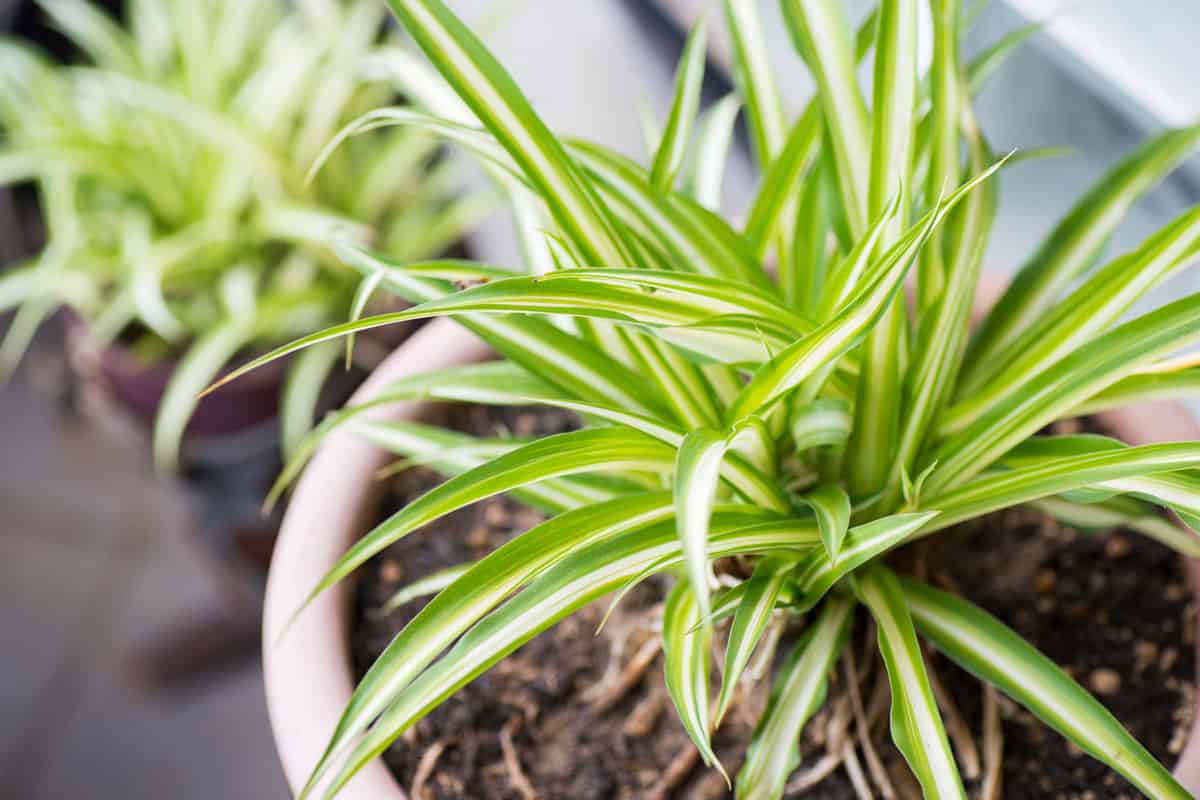
The decision to keep a spider plant inside a hamster cage is up to you. Before you make that decision, consider that in addition to taking care of the hamster, you will also have to take care of the plant, including monitoring its growth and picking off seed pods and blossoms so that your hamster doesn't eat them. When adding this plant to a hamster's cage, also consider:
Space concerns
With proper care, spider plants can grow large very quickly. A spider plant can take up too much room in the hamster cage, leaving less room for the hamster to run around and exercise. If hamsters don't have enough room in their cage, they can become unhealthy and unhappy. If this happens, the plant should be taken out.
Health concerns
You will also need to monitor how much of the plant the hamster is eating. Eating too much of the plant can upset his stomach and cause him not to eat his regular food, creating a dietary imbalance that is bad for his health.
The bottom line is that with proper monitoring, live plants such as spider plants can create a natural addition to your hamster's cage, but without proper monitoring, you run the risk of creating a lot of problems for your hamster.
Can spider plants be turned into treats for hamsters?
If you've decided that you don't want to keep a spider plant inside your hamster's cage, but you still want to feed your hamster a little bit of a live plant, you can use leaves from the spider plant as a treat for your hamster. There are a couple of ways you can do this.
Create a layer of dried plants
One way to use spider plants as a treat for your hamster is to take a few dried leaves and tear them into smaller pieces. You can use the smaller pieces mixed with other dried grasses such as hay to create a layer on top of their existing food or bedding or mix it in so that your hamster can forage for it. This is a great source of enrichment for your hamster.
Mix the leaves in with this hay from Amazon.
Mix leaves with herbal packs
Herbal packs consisting of dried leaves and flowers can be purchased and marketed as a treat for hamsters. You can mix some dried spider plant leaves in with these herbal packs and add them to your hamster's bedding, or hide them around the cage so that your hamster can search for them, giving him exercise and the reward of a tasty treat.
Try this flower herbal pack for small pets from Amazon.
Drying your own plants
To dry your own plants for your hamster:
- put them in a mesh bag and hang them outside if you live in an area that has a hot and dry climate
- bake in the oven at a low temperature (below 175 degrees)
- use a dehydrator
If you don't want to dry the leaves, you can give a couple of fresh spider plant leaves to your hamster for him to consume instead.
Click here to see this food dehydrator with temperature controls on Amazon.
Looking for more healthy treat ideas? Check out, "What Treats Can I Give My Hamster?"
What plants are good for hamsters?
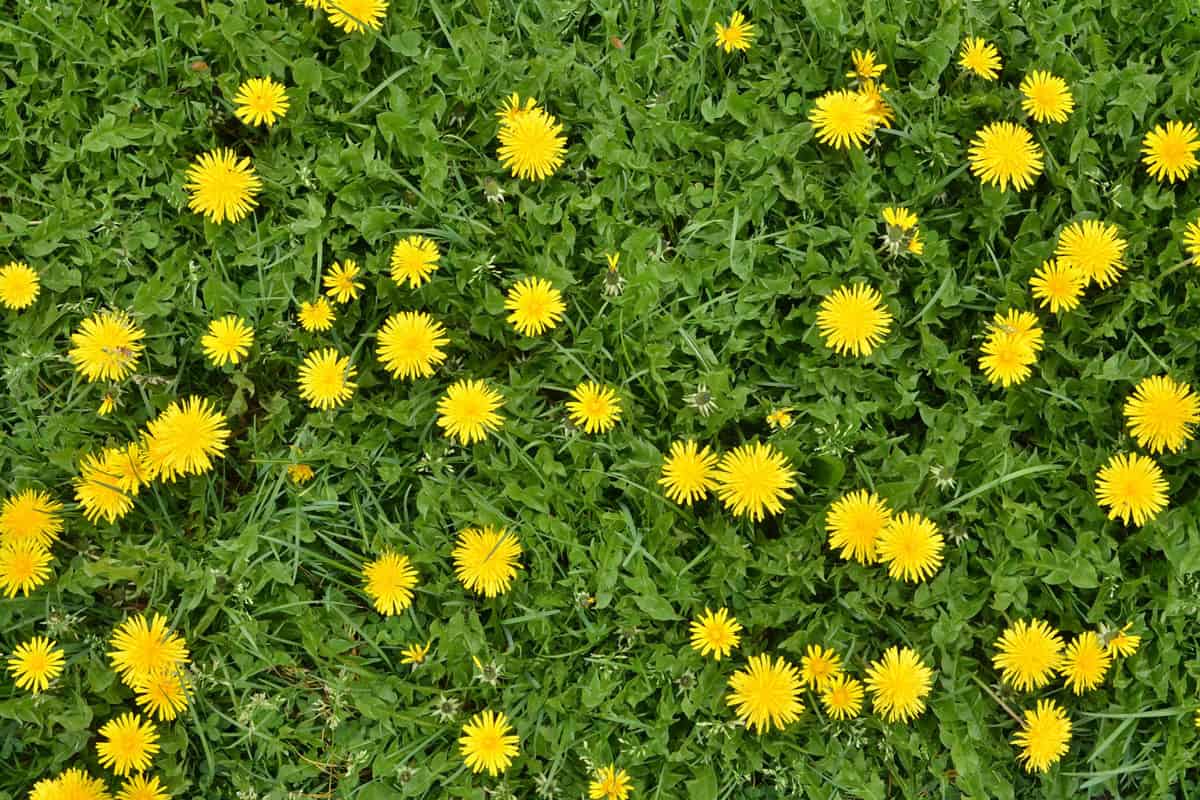
Most leafy green vegetables are safe for hamsters to eat, but there are other types of plants such as grasses and weedy plants that are good for hamsters as well. Clover and dandelion are plants that are commonly known as being good for hamsters, but there are other commonly found plants, including:
- Alfalfa
- Asters
- Basil
- Chamomile
- Cornflowers
- Daisies
- Marigolds
- Rose petals
- Wheat sprouts
What plants are poisonous to hamsters?
Many vegetables, herbs, and flowering and household plants are poisonous to hamsters and should not be fed to your hamster or kept in or near their cage where your hamster could accidentally eat them. Some plants that are poisonous to hamsters include:

- Azaleas
- Cacti
- Clematis
- English Ivy
- Evergreen plants
- Ferns
- Lilies
- Oak leaves
- Privet
- Speedwell
Keep your hamster safe from toxic foods, read "14 Foods That Are Dangerous To Hamsters."
Can you put succulents in a hamster's cage?
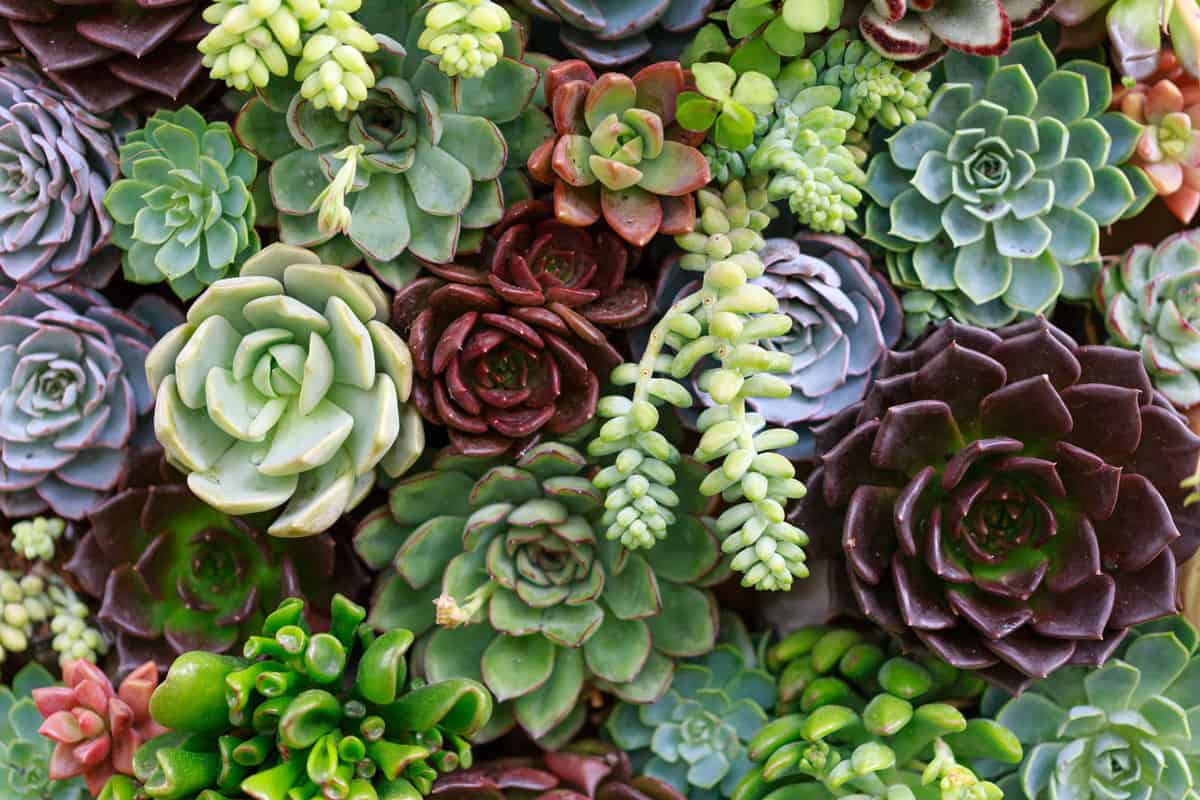
There is little research on whether or not succulents are safe for hamsters, and there are so many different species of succulents that it would be hard to determine which ones are safe. Since we don't know which ones are safe and which ones aren't, it is not good to put succulents into a hamster cage, especially if their only purpose is decoration.
Conclusion
Spider plant leaves are safe for hamsters to eat, but not the seeds or blossoms. Before putting a spider plant in a cage, think about how much space it will take up and how much your hamster is likely to eat. Consider giving your pet just the leaves as a treat instead.




